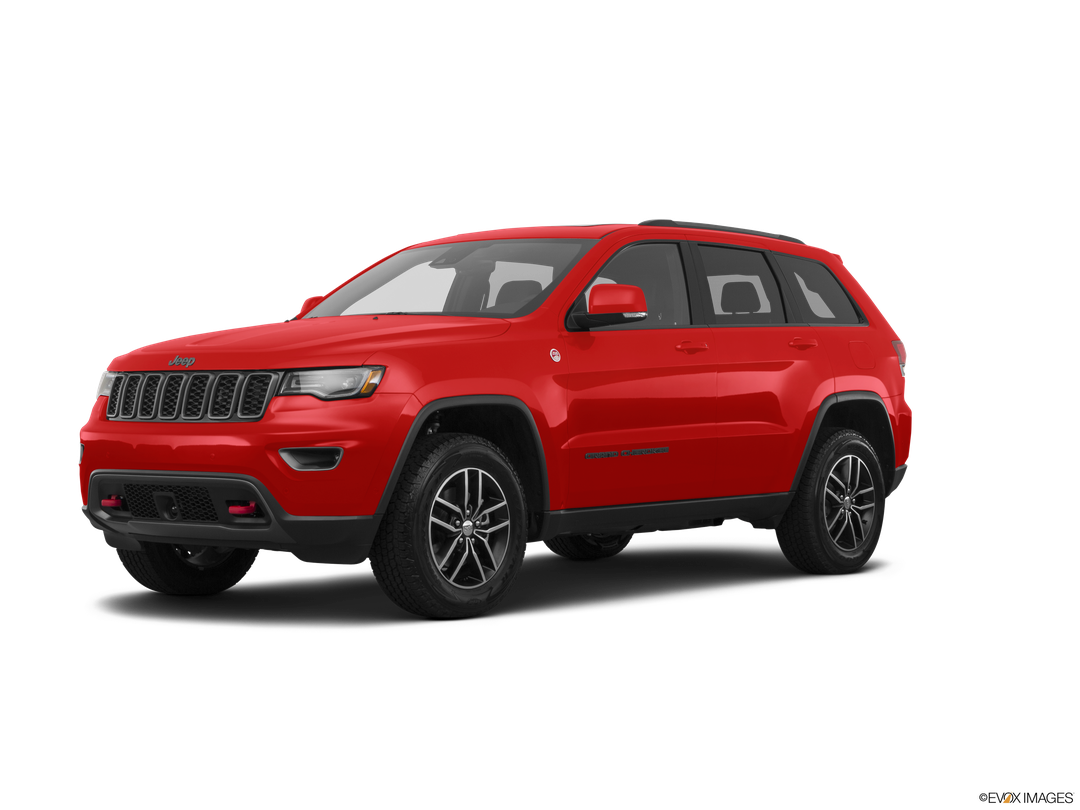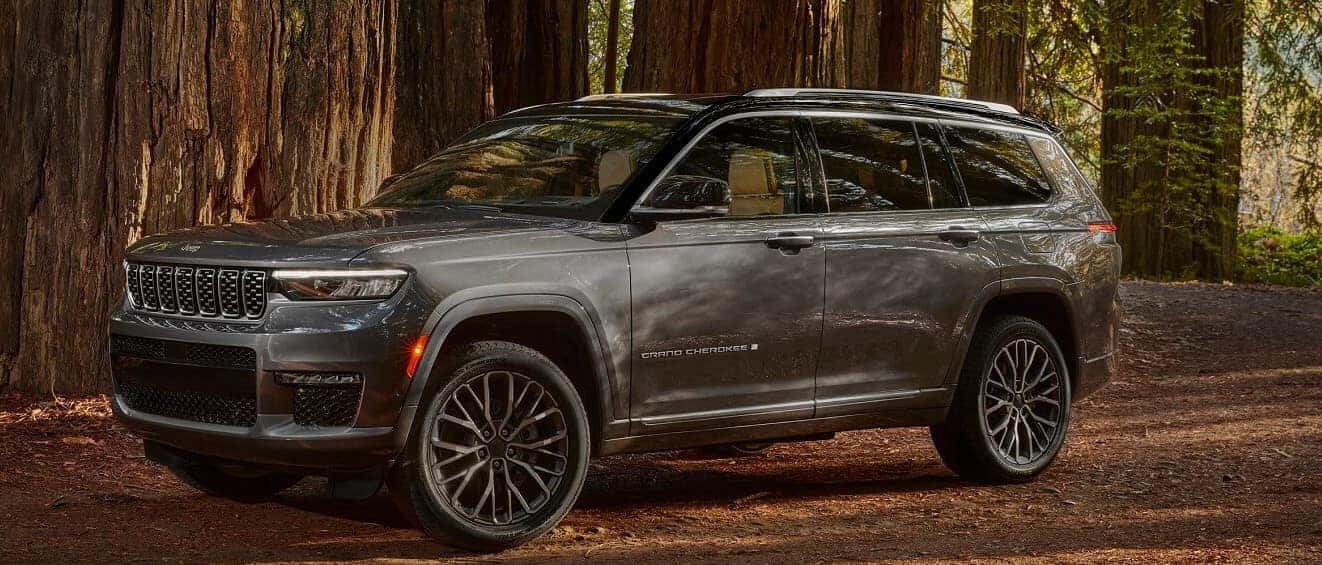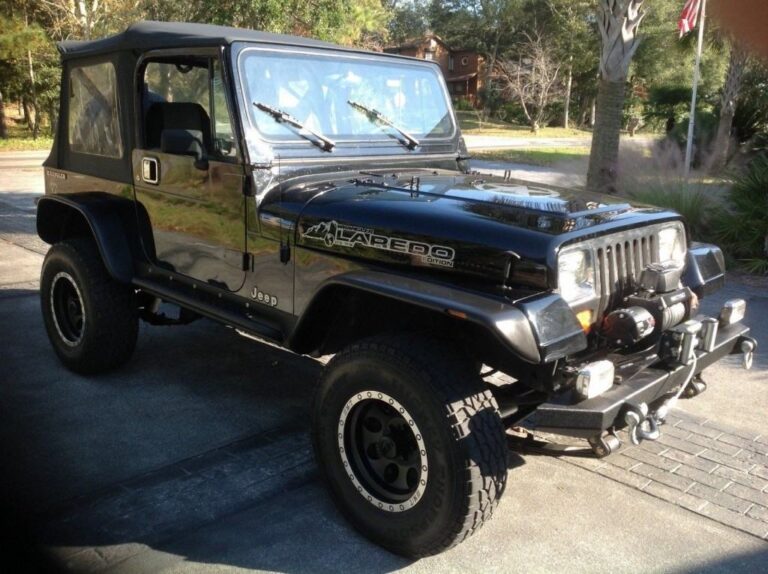2020 Jeep Grand Cherokee Trailhawk Lease Deals: Your Comprehensive Guide
2020 Jeep Grand Cherokee Trailhawk Lease Deals: Your Comprehensive Guide jeeps.truckstrend.com
The 2020 Jeep Grand Cherokee Trailhawk stands as a formidable blend of luxury, capability, and rugged appeal. It’s a vehicle designed not just for the daily commute, but for conquering challenging off-road terrains with confidence, while simultaneously offering a refined and comfortable cabin. For many discerning drivers, acquiring such a premium vehicle often leads to considering leasing as a flexible and financially advantageous alternative to outright purchase.
This comprehensive guide delves into the world of 2020 Jeep Grand Cherokee Trailhawk lease deals. While the 2020 model year is no longer brand new, understanding the mechanics of how these leases were structured, and the benefits they offered, provides invaluable insight for anyone considering a new vehicle lease or exploring the used car market. We’ll break down the components of a lease, offer practical advice for negotiation, and address common questions to empower you with the knowledge needed to make an informed decision.
2020 Jeep Grand Cherokee Trailhawk Lease Deals: Your Comprehensive Guide
Understanding the 2020 Jeep Grand Cherokee Trailhawk
Before diving into lease specifics, let’s appreciate what makes the 2020 Jeep Grand Cherokee Trailhawk a standout vehicle. Positioned as the most off-road-capable trim in the Grand Cherokee lineup, the Trailhawk is equipped with an array of features designed for adventure.
Key specifications and features for the 2020 model typically include:
- Engine Options: Standard 3.6L Pentastar V6 (295 hp, 260 lb-ft torque) or an available 5.7L HEMI V8 (360 hp, 390 lb-ft torque) for enhanced power and towing.
- Off-Road Prowess: Standard Quadra-Drive II 4×4 system with an electronic limited-slip rear differential, Quadra-Lift Air Suspension offering up to 10.8 inches of ground clearance, Selec-Speed Control (off-road cruise control), and underbody skid plates.
- Distinctive Styling: Unique Trailhawk badging, red tow hooks, anti-glare hood decal, and rugged exterior accents.
- Interior Comfort & Technology: Leather and suede upholstery with red accent stitching, Uconnect infotainment system with an 8.4-inch touchscreen, Apple CarPlay, Android Auto, heated and ventilated front seats, heated rear seats, and a host of driver-assistance features.

The Trailhawk successfully bridges the gap between a family-friendly SUV and a serious off-road machine, making it a highly desirable vehicle for a diverse range of buyers.
Why Lease a 2020 Jeep Grand Cherokee Trailhawk (Historically & Principally)
Leasing offers a distinct set of advantages over traditional financing, particularly for a vehicle like the Trailhawk which combines luxury with specific utility. While 2020 models are now used vehicles, the principles of why one would have leased it when new, or why leasing a new premium SUV is appealing, remain relevant.
- Lower Monthly Payments: Lease payments are calculated based on the depreciation of the vehicle during the lease term, not its full purchase price. This typically results in significantly lower monthly payments compared to financing the same vehicle.
- Access to Newer Vehicles: Leasing allows you to drive a new vehicle more frequently. Lease terms are usually 24, 36, or 48 months, meaning you can upgrade to the latest model with the newest features and technology every few years.
- Consistent Warranty Coverage: Throughout the entire lease term, the vehicle is almost always covered by the manufacturer’s bumper-to-bumper warranty, minimizing unexpected repair costs.
- Less Hassle with Depreciation: You’re not responsible for the long-term depreciation or the eventual resale value of the vehicle. At the end of the lease, you simply return it (subject to mileage and wear-and-tear clauses).
- Potentially Lower Upfront Costs: While a down payment can lower monthly payments, many leases can be structured with minimal or no money down, reducing the initial financial outlay.
- Tax Benefits (for Businesses): For business owners, lease payments can often be written off as a business expense, providing potential tax advantages.


Key Components of a 2020 Jeep Grand Cherokee Trailhawk Lease Deal
Understanding the terminology is crucial when evaluating any lease offer. Here are the core components you would have encountered when considering a 2020 Jeep Grand Cherokee Trailhawk lease:
- Manufacturer’s Suggested Retail Price (MSRP): This is the starting price set by Jeep for the vehicle and its options. It’s the basis for negotiations.
- Capitalized Cost (Cap Cost): This is the negotiated selling price of the vehicle that the lease is based on. Always negotiate this as if you were buying the car outright. A lower cap cost directly translates to lower monthly payments.
- Residual Value: This is the estimated value of the vehicle at the end of the lease term, expressed as a percentage of the MSRP. A higher residual value is beneficial to the lessee because it means less depreciation needs to be paid for over the lease term, resulting in lower monthly payments. Jeep Grand Cherokees typically hold their value well, which can be advantageous for leasing.
- Money Factor (Lease Rate): This is essentially the interest rate on your lease, though expressed differently. To convert it to an annual percentage rate (APR), multiply the money factor by 2400. A lower money factor means lower financing charges.
- Lease Term: The duration of the lease agreement, commonly 24, 36, or 48 months. Shorter terms mean higher monthly payments but faster access to a new vehicle; longer terms mean lower monthly payments but longer commitment.
- Mileage Allowance: The maximum number of miles you are permitted to drive annually without incurring penalties. Common allowances are 10,000, 12,000, or 15,000 miles per year. Exceeding this limit results in per-mile charges (e.g., $0.25/mile), which can add up quickly.
- Down Payment (Cap Cost Reduction): Any upfront payment made to reduce the capitalized cost, thereby lowering your monthly payments. While it reduces monthly payments, it’s money you won’t get back if the car is stolen or totaled early in the lease.
- Acquisition Fee: A fee charged by the leasing company for setting up the lease, typically around $595-$895.
- Disposition Fee: A fee charged at the end of the lease for processing the return of the vehicle, usually around $350-$495. This can sometimes be waived if you lease another vehicle from the same brand.
- Taxes and Fees: Sales tax on the monthly payment (in most states), registration fees, and other local charges.
How to Find and Negotiate the Best Lease Deals (Historical Context)
While specific 2020 lease incentives are no longer active, the negotiation strategies remain timeless for any new vehicle lease:
- Research Current Incentives (for new vehicles): When the 2020 Trailhawk was new, manufacturers like Jeep (FCA/Stellantis) often offered special lease programs, including reduced money factors or capitalized cost reductions. Always check manufacturer websites and local dealer ads for these "specials."
- Shop Around Multiple Dealerships: Get quotes from at least three different dealerships. This competition can drive down the price.
- Negotiate the Capitalized Cost (Selling Price): This is the most critical negotiation point. Treat it as if you’re buying the car. Get the dealer to lower the "selling price" of the vehicle before discussing lease terms. A lower cap cost is the biggest lever for a lower monthly payment.
- Understand the Money Factor and Residual Value: Ask the dealer for these exact numbers. Compare the money factor to what’s generally available for well-qualified lessees. Don’t let them hide these figures.
- Tailor the Lease Term and Mileage: Choose a term and mileage allowance that genuinely fits your driving habits. Don’t pay for miles you won’t use, and avoid costly over-mileage penalties.
- Be Wary of "Zero Down" Deals: While appealing, "zero down" often means the down payment amount is rolled into the capitalized cost, slightly increasing your monthly payment and overall interest paid. Understand the full "due at signing" amount, which includes the first month’s payment, fees, and any agreed-upon down payment.
- Read the Fine Print: Before signing, meticulously review every clause in the lease agreement, paying close attention to mileage overage fees, wear and tear definitions, early termination penalties, and insurance requirements.
Important Considerations Before Leasing
Before committing to a lease, it’s vital to assess your driving habits and financial situation:
- Mileage Accuracy: Be realistic about how many miles you drive annually. If you consistently exceed your allowance, buying might be a more cost-effective option in the long run.
- Wear and Tear: Lease agreements have clauses for "excessive wear and tear." Dings, dents, scratches, stained interiors, and worn tires beyond normal use can result in charges at lease end. Keep the vehicle in good condition.
- Insurance Requirements: Lessors often require higher insurance coverage (e.g., higher liability limits, lower deductibles) than you might carry if you owned the vehicle outright. Factor this into your monthly budget.
- Early Termination Penalties: Breaking a lease early is almost always very expensive. If your financial situation or driving needs might change drastically, leasing may not be the best choice.
- Maintenance: While warranty covers defects, you are responsible for routine maintenance (oil changes, tire rotations, scheduled services) as per the manufacturer’s recommendations.
- Credit Score: A strong credit score (typically 700+) is essential to qualify for the best lease rates (lowest money factor). Lower scores will result in higher money factors or may require a larger down payment.
Potential Challenges and Solutions
Even with careful planning, challenges can arise during a lease.
- Challenge: High Monthly Payments.
- Solution: Negotiate a lower capitalized cost. Opt for a slightly longer lease term (e.g., 48 months instead of 36) if your driving habits align. Ensure the money factor is competitive for your credit score. Consider a modest down payment if comfortable.
- Challenge: Exceeding Mileage Allowance.
- Solution: Monitor your mileage throughout the lease. If you anticipate going over, you can sometimes pre-purchase additional miles at a reduced rate from the leasing company. Alternatively, consider buying out the lease at the end if the total cost of overage penalties plus the residual value is less than the market value of the car.
- Challenge: Unexpected Damage/Excessive Wear.
- Solution: Carry comprehensive auto insurance to cover major damage. For minor dings and scratches, consider a third-party lease wear-and-tear protection plan (evaluate cost-effectiveness carefully) or set aside a small fund for potential repairs before lease return.
- Challenge: Poor Credit Score.
- Solution: You might still qualify, but expect a higher money factor. A larger down payment might be required, or you could consider a co-signer with excellent credit. Some dealerships might offer subprime leases, but these come with much less favorable terms.
2020 Jeep Grand Cherokee Trailhawk Lease Deal Components (Illustrative Example)
Disclaimer: The following table provides a hypothetical and illustrative example of what a new car lease deal for a 2020 Jeep Grand Cherokee Trailhawk might have looked like when it was originally released. It does not represent current, actionable lease deals for a used 2020 model, as traditional new-car leasing programs do not apply to used vehicles in the same way. Lease terms are highly dependent on market conditions, specific incentives at the time, credit score, and negotiation.
| Lease Component | Illustrative Value (2020 New Model) | Notes |
|---|---|---|
| MSRP | $50,000 | Manufacturer’s Suggested Retail Price (base for Trailhawk) |
| Negotiated Cap Cost | $46,000 | Effective selling price after negotiation, typically 5-10% below MSRP. Lower is better. |
| Residual Value | $29,000 (58% of MSRP) | Estimated value at lease end. For 36 months/12k miles, 55-60% was common for Grand Cherokees. |
| Money Factor | 0.00125 | Equivalent to ~3.0% APR (0.00125 x 2400). Good credit score assumed. |
| Lease Term | 36 Months | Common lease duration. |
| Mileage Allowance | 12,000 miles/year | Standard annual mileage limit. |
| Monthly Payment | ~$515 | (Cap Cost – Residual Value) / Term + (Cap Cost + Residual Value) * Money Factor. Excludes taxes. |
| Due at Signing | ~$1,500 – $2,500 | Includes first month’s payment, acquisition fee, registration, and small down payment (if any). |
| Acquisition Fee | $595 | Fee charged by the leasing company. |
| Disposition Fee | $395 | Fee charged at lease end. |
Frequently Asked Questions (FAQ)
Q1: Can I still lease a 2020 Jeep Grand Cherokee Trailhawk today?
A1: Traditional new-car leases from dealerships are generally not available for used vehicles like a 2020 model. Lease programs are designed for new vehicles based on their initial depreciation curve. Some niche lenders or "lease assumption" markets might exist, but they are not standard dealership offerings.
Q2: What credit score do I need to get a good lease deal?
A2: Typically, you’ll need a "Tier 1" or "Tier 1+" credit score, generally above 700-720, to qualify for the best money factors and terms. Lower scores may still qualify but will result in higher monthly payments due to a higher money factor.
Q3: What happens at the end of a lease?
A3: At lease end, you generally have three options:
- Return the vehicle: Hand back the keys, pay any excess mileage or wear-and-tear charges, and a disposition fee.
- Purchase the vehicle: Buy the vehicle for its residual value (plus any purchase option fee).
- Lease a new vehicle: Trade in your leased vehicle and lease a new one, often with loyalty incentives or waived disposition fees.
Q4: Can I buy the car at the end of the lease?
A4: Yes, your lease agreement will specify a "purchase option price" or "residual value" at which you can buy the vehicle at the end of the term. If the market value of the car is higher than the residual value, this can be a smart move.
Q5: Are maintenance costs included in a lease?
A5: Standard leases typically do not include routine maintenance (oil changes, tire rotations, etc.). You are responsible for following the manufacturer’s recommended maintenance schedule. Some dealerships or manufacturers may offer separate pre-paid maintenance plans that can be bundled into the lease.
Q6: What are "excess wear and tear" charges?
A6: These are charges for damage to the vehicle beyond what’s considered normal use. Examples include large dents, deep scratches, cracked windshields, significant interior stains, or tires with insufficient tread. Minor dings and normal wear are usually acceptable. Most leasing companies provide a wear-and-tear guide.
Conclusion
The 2020 Jeep Grand Cherokee Trailhawk remains a compelling vehicle for its blend of rugged capability and upscale comfort. While new lease deals for this specific model year are a thing of the past, understanding the intricacies of how those leases were structured provides a valuable framework for anyone considering leasing a new vehicle today. Leasing offers a unique pathway to driving a premium SUV with lower monthly payments and the flexibility to upgrade frequently. By comprehending the key components, negotiating effectively, and being mindful of your driving habits, you can make an informed decision that aligns with your lifestyle and financial goals, ensuring your next vehicle acquisition is a smooth and satisfactory experience.





